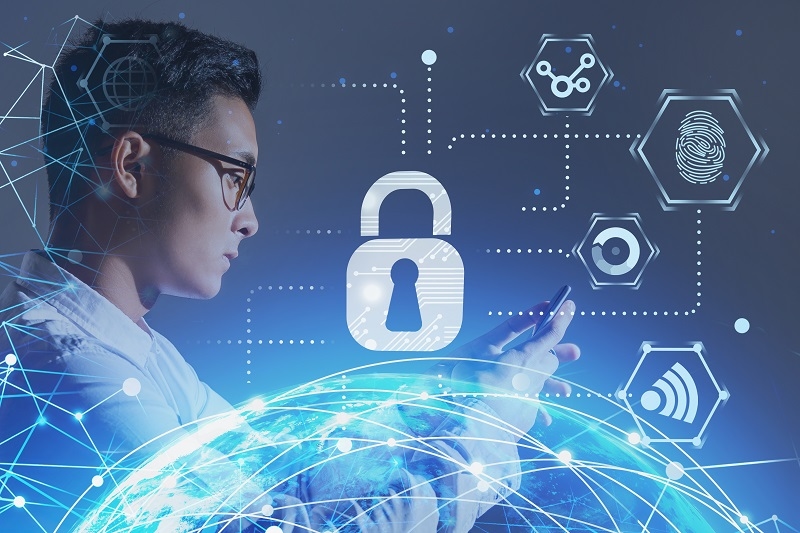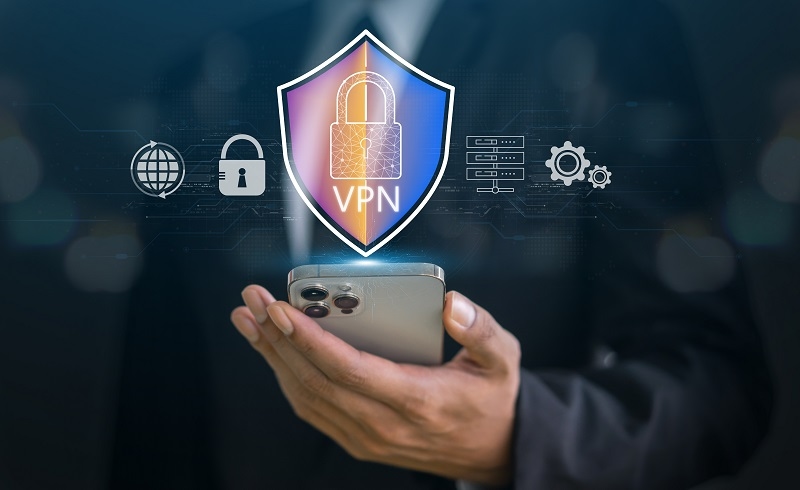
As far-off work will become the new norm across the US, agencies need to prioritize cybersecurity for remote workers. Whether you're a freelancer, a part of a remote team, or dealing with personnel from afar, securing your virtual workspace is not non-compulsory—it is essential. In today’s hybrid panorama, VPN gear for employees, stable faraway computers, and sturdy password control USA strategies are critical additions to any successful cybersecurity framework. The upward push of far-flung get admission to manner the threat of remote get right of entry to threats has additionally skyrocketed, making remote team protection tips greater crucial than ever.
Let’s dive into how you could protect your far-off team of workers from modern-day cyber threats.
The shift to far-off paintings has opened out new possibilities—however, it’s also created sparkling vulnerabilities. Since they are no longer protected by a workplace community, employees frequently use outdated technology, connect to unprotected Wi-Fi networks, and neglect basic security procedures. This increases the attack surface for cybercriminals by putting remote workers at greater risk of ransomware, malware, and phishing attacks.
Cybersecurity for far-off workers isn't always just an IT issue—it’s a commercial enterprise priority. A single fact breach can cost U.S. organizations thousands and thousands, harm reputations, and put customer trust at risk. As such, information and mitigating far-flung get right of entry to threats is crucial for long-term sustainability.
For far-off groups, a Virtual Private Network (VPN) is an important first line of defence. VPNs defend statistics in transit by encrypting users, shielding private files, emails, and login passwords from hackers and even net service companies.
Using a steady VPN enables your corporation to dramatically lessen the opportunities of man-in-the-middle attacks and data interception.
Using steady far off computers permits employees to access work environments without storing sensitive information locally. These virtual computers are controlled by using the enterprise’s valuable server and are protected by using firewalls, encryption, and intrusion detection systems.
For organizations within the USA, steady far off computer systems are essential for coping with geographically dispersed teams while keeping high-security requirements.
Remote get right of entry to threats are one of the maximum urgent cybersecurity challenges for organizations nowadays. These threats encompass the whole lot from stolen login credentials to unauthorized get admission to of internal systems via unsecured devices.
You can better protect your people and assets in case you are aware of such far-flung entry dangers.
However, one of the most effective techniques for hackers to penetrate organizational systems is through weak password usage. Any cybersecurity architecture needs to encompass a robust password management method.
Purchasing password control software for your U.S. Group of workers improves protection without compromising consumer enjoyment, specifically for faraway groups who've access to many systems.

Your systems cannot be stabilized by technology alone; human behavior is crucial. Establishing a cybersecurity-focused subculture ensures that remote workers serve as your first line of defense.
When personnel recognize the why at the back of safety features, they’re more likely to follow through.
Most far-off employees use cloud structures like Google Workspace, Microsoft 365, Slack, or Zoom. These tools enhance collaboration; however also introduce vulnerabilities if no longer configured successfully.
By integrating cloud protection tactics with cybersecurity for remote people, companies may additionally prevent breaches while keeping flexibility.
Cybersecurity isn’t a one-time setup—it calls for non-stop improvement. Regular audits help pick out vulnerable spots and make sure your enterprise complies with U.S. Legal guidelines and industry requirements.
Audits have to be carried out quarterly or after any significant change in your remote working setup.
No matter how number of safeguards are in place, breaches and outages can nevertheless occur. That’s why having a backup and disaster restoration plan is crucial.
A powerful catastrophe restoration plan minimizes downtime, protects statistics, and allows hold enterprise continuity.
These days, prioritizing cybersecurity for remote workers is important. Organizations should adopt sturdy far-off crew safety guidelines to lessen vulnerabilities and promote secure virtual habits. Equipping the workforce with VPN equipment for personnel enables encrypted connections and prevents unauthorized data get admission to. Similarly, deploying secure far-flung computers ensures secure interaction with corporate structures, minimizing far-flung access threats. Weak passwords remain a primary danger, making password management USA practices—like the usage of password managers and permitting multi-factor authentication—a necessity.
A nicely-rounded remote cybersecurity method protects your business from developing cyber threats and fosters a culture of accountability. By taking proactive steps these days, businesses can construct a resilient remote staff that operates securely and effectively from everywhere. Empower your team with the tools and education they want to protect in opposition to digital threats—due to the fact cybersecurity isn’t just a tech problem, it’s a business imperative.
This content was created by AI